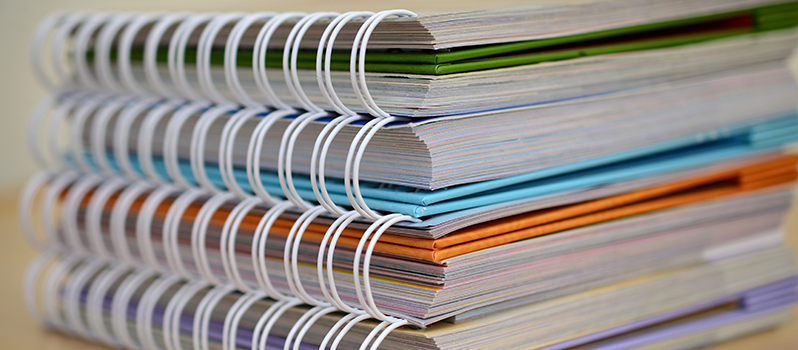
Protect Your Claim Files with the Right Documentation
By Jeff Blevins, Manager of Property Loss Consulting
We often are asked why it’s so important to protect a claim file with documentation.
The claim file is the company’s history of the claim showing what you did and why you did it. Good documentation will show how you reached the correct decision in the correct manner.
The claim file is always the first thing an insurance company must produce in litigation and the company’s claim people will need the file when they testify in any discovery or litigation.
In the absence of clear and meaningful documentation, it may be impossible for the company representative to confidently and accurately testify to the specific details of how the claim was handled, which plays directly into a plaintiff attorney’s hands.
Scant documentation in a claim file and a shaky witness will be harmful to the interests of the mutual and could result in a future Bad Faith claim.
What to Include
The claim file should be supported by and contain meaningful documentation:
- Report only the facts
- Report all meaningful facts
- Have photographs of overviews and closeups, including damage and undamaged areas
- Retain all important documents
- Retain all documents provided by the insured
- Keep the file organized and in chronological order
- Never state your opinions about the insured or the claim
Claim Notes
Here are some dos and don’ts for file notes.
Do this:
- “Received claim – this date”
- “Contacted – this date and time”
- “Inspected this date”
- “No hail damage found”
- “Insured stated this”
Don’t do this:
- “I thought the insured was lying to me”
- “I knew from the beginning that there would be no coverage”
- “I expect problems with this insured based on past experience”
It is OK to factually record opinions and thoughts of others involved in the claim who have relayed information to you, however, always make it clear in your notes that it was what you heard by including words like “The insured stated.”
Writing Letters and Emails to the Insured
Letters are used to document and direct a file. Well-written and timely letters also will display an insurer’s reasonableness and good faith during handling of a claim.
To ensure you are doing everything in your power to keep a claim moving forward and in a positive direction, follow these practices in claim letters:
- Memorialize conversations with the insured, contractors, public adjusters, etc.
- Communicate the insured’s obligations under the policy
- Advise the insured of the company’s position and timelines
- Include relevant facts. Avoid opinions.
- Cite all the relevant policy language
- Provide clear instructions and requests to the insured
- Give clear deadlines and expected time frames for both the insured and company
- Invite the insured to contact the company if they have questions or additional information
- Diary for a response date – follow up in timely manner
The same points apply to any external and internal emails that have been sent related to a claim. Remember that all digital communication, including text messages, are permanent and discoverable as part of the claim file. Never get involved in heated rapid-fire email or text message exchanges that can later come back to haunt you. If necessary, walk away from the keyboard and wait until you can provide your most thoughtful and constructive response. Immediate replies are almost never necessary.
The main job of an adjuster is to investigate, evaluate and negotiate. The best way to protect the results of this important work is to make sure the claim file includes documentation of all the relevant and meaningful facts along with consistent communications with the insured.
